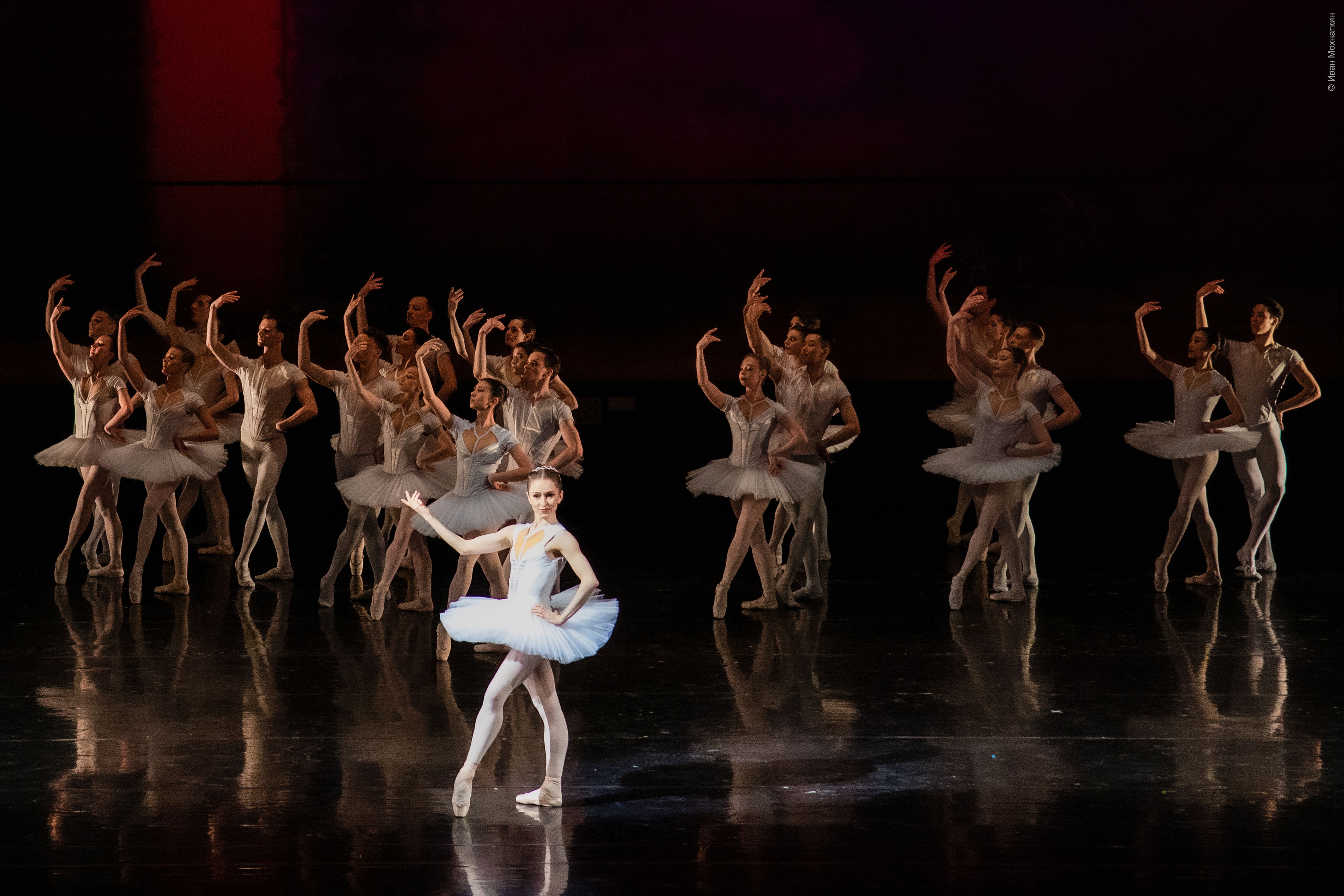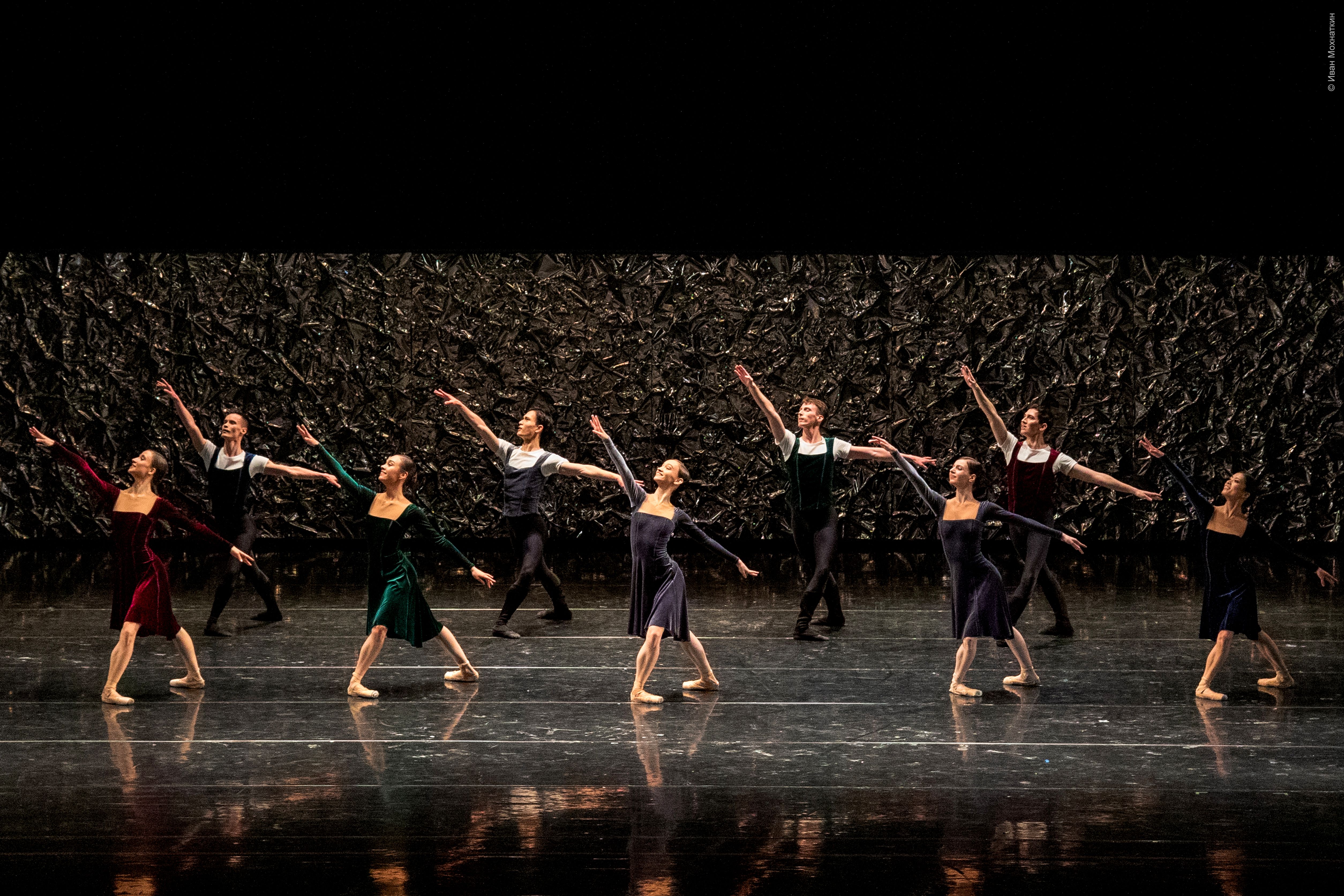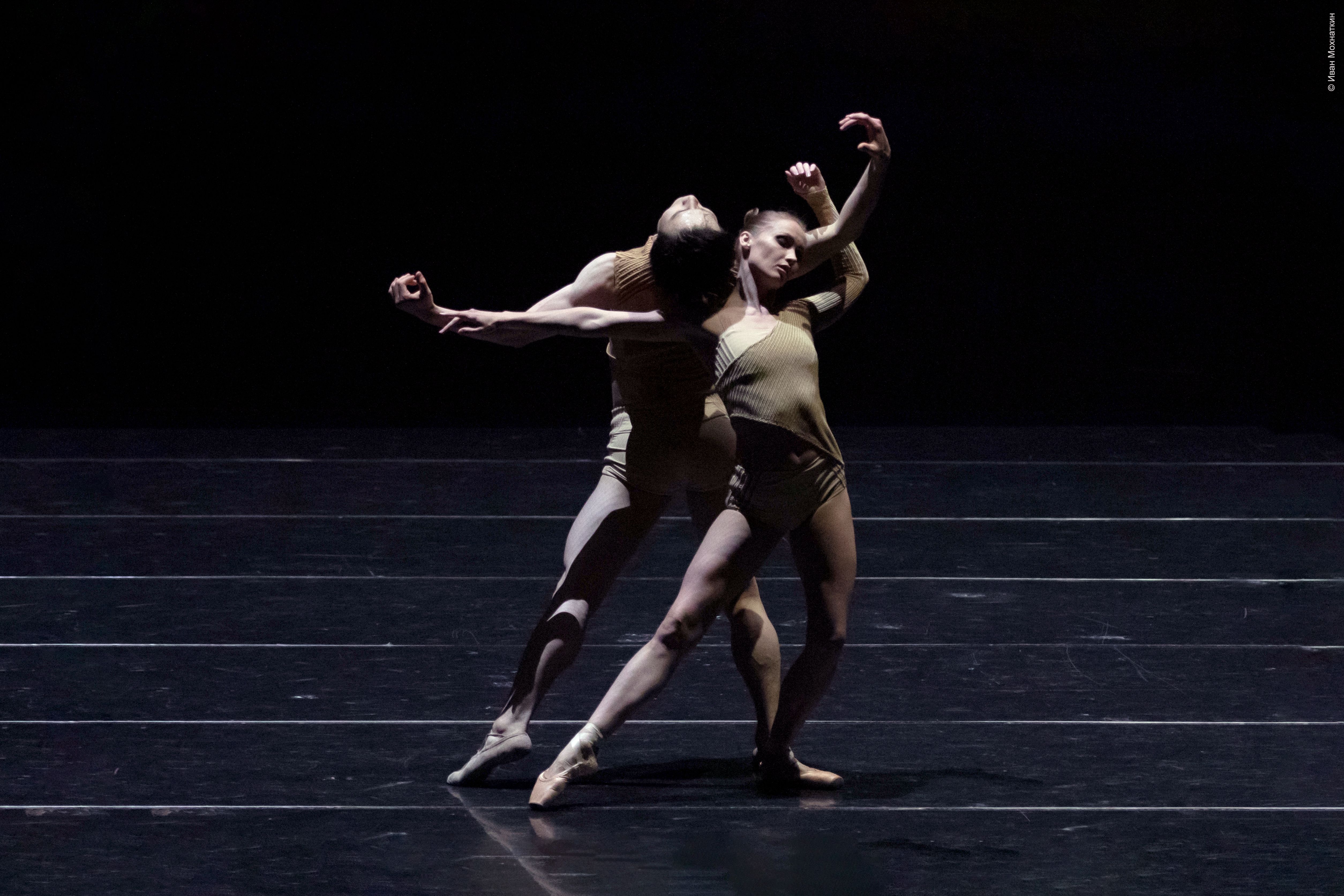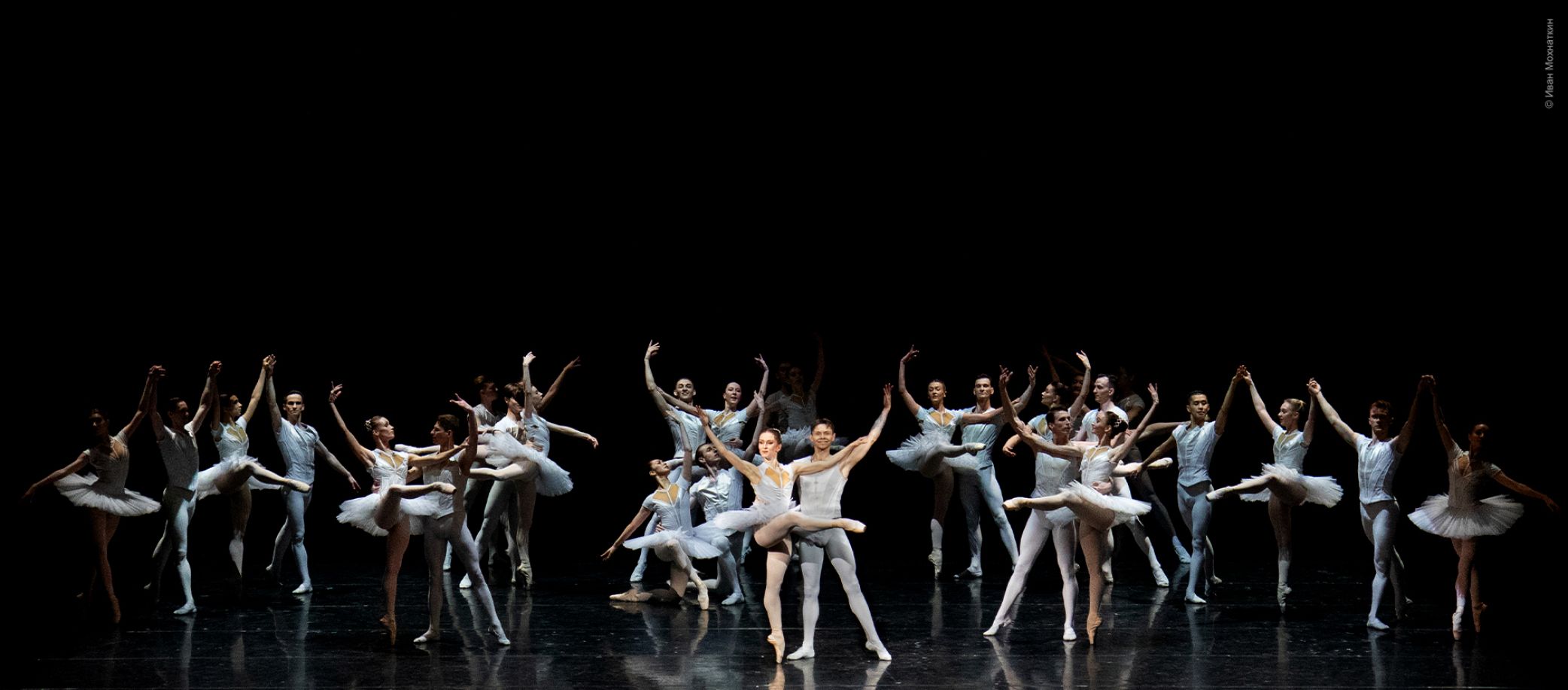
Pavilion of Armida
The concept for Pavilion of Armida came not from a choreographer but from an artist. Alexandre Benois borrowed the plot from Théophile Gautier’s novella Omphale: in a park pavilion at midnight, a canvas depicting the sorceress Armida comes to life. The ballet, staged by Michel Fokine, was a success on its premiere at the Mariinsky Theatre in 1907, and Sergei Diaghilev chose it to open the first season of the Ballets Russes in Paris.
It was also an artist – the set designer Alyona Pikalova – who had the idea for this production by Ural Ballet. Armida’s pavilion has become a hall in a museum where abstract paintings are exhibited. This is an allusion to the incident at the Yeltsin Center, when a security guard drew eyes on the figures in a painting by Anna Leporskaya. The choreographer Maxim Petrov retained the motif of the canvas come to life, while transforming the themes established by Benois and Fokine. Works of art do not always resemble everyday reality. They can inspire anxiety and the urge to correct them, but in the end, they are capable of transfiguring the viewer and everyday reality.

Hungarian Dances

Sextus Propertius
The name of this performance is borrowed from Sextus Propertius, a poet of ancient Rome. Four books of his Elegies have survived down the ages. The text of one of them was used by composer Alexey Sysoyev, who was commissioned by Ural Ballet to write the music. To his score for strings, synthesizer, percussion and tape, he added parts for readers, chanting Propertius’s text and playing on typewriters – typewriters which were donated to the production by residents of Ekaterinburg.
In Slava Samodurov’s ballet, there are no allusions to antiquity or direct links with Propertius’s Elegies. And, just as the music does not illustrate the verse, so the staging gives no commentary on the music, but rather enters into a complex reaction with it. The choreographer prefers concentrated motion, and each of the eleven members of the dance troupe become soloists.

